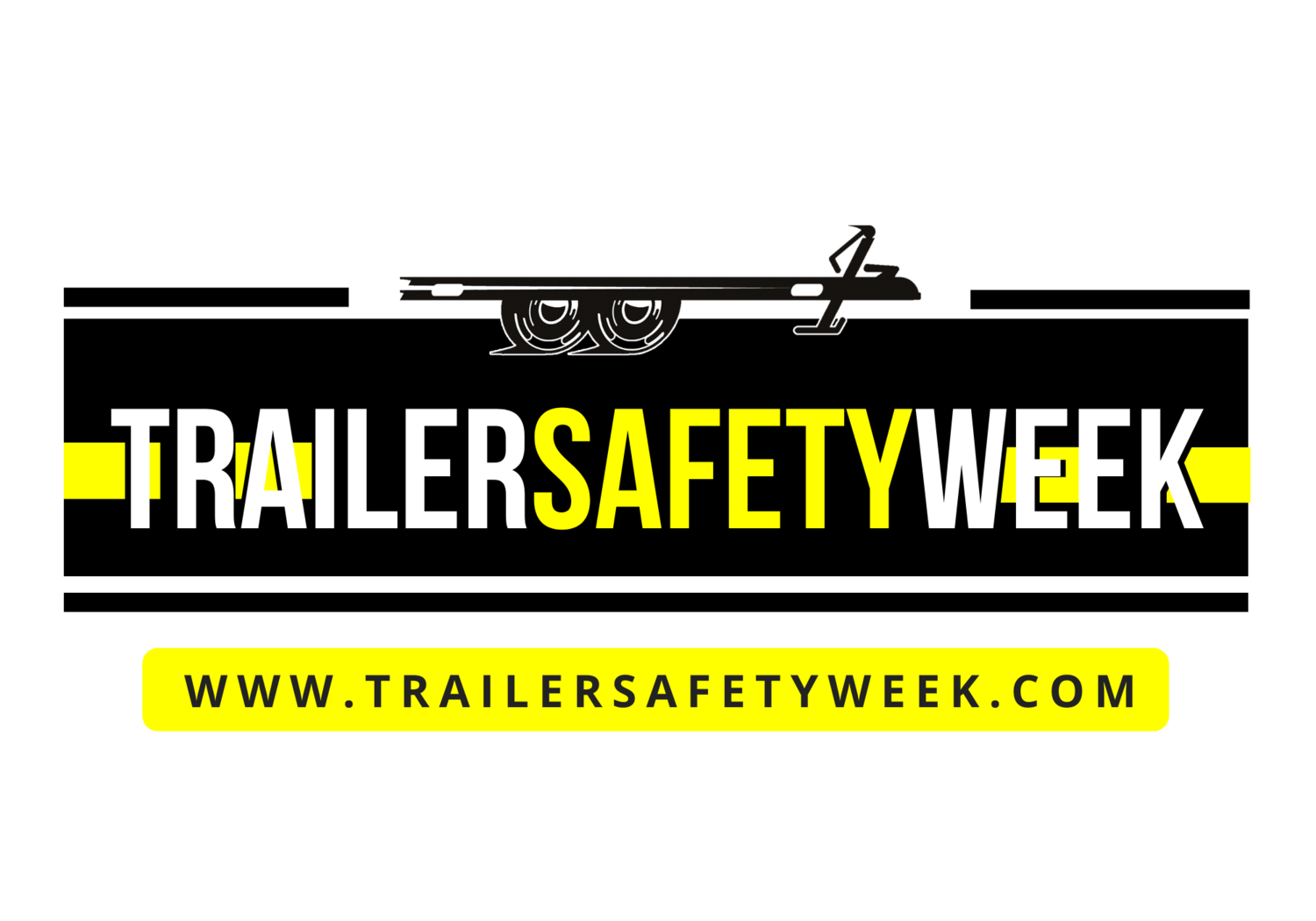Law Enforcement Kit
NATM and the Trailer Safety Week Team recognize the important role Law Enforcement/Public Safety professionals play in creating safer roadways for our communities. It is crucial to disseminate essential how-to information regarding proper towing, loading, and maintenance to reach the broad audience of trailer users. Feel free to utilize the information below to help create safer roadways one trailer at a time.
safety chains
No federal regulation creates requirements for safety chains, a vital means for ensuring the attachment of the trailer to the tow vehicle in the event of connection failure. Each state has its own safety chain laws, with a few states having no requirements at all. NATM has compiled those state laws here.
However, through the NATM Compliance Verification Program, a more stringent standard, the Society of Automotive Engineers J684 is required of all members. This standard, in short provides that safety chains or other cable attachments must be rated equal to or greater than the GVWR. Further, chains should have separate, permanent attachment points to the tongue of the trailer.
Beyond the strength ratings, to be most effective in the event of disconnection, chains should cross underneath the coupler (as shown above), with enough chain to allow for turning but not enough for the chains to come in contact with the ground. The chains should be attached securely to the vehicle frame.
Trailer Sway
One of the most dangerous towing issues is trailer sway, or fishtailing, and once it has begun it can be difficult to stop. Trailer sway is caused by a number of factors, some that can be controlled and some that cannot. The following information is not intended to be exhaustive, but should provide helpful information to reduce the risk of trailer sway and respond appropriately if it does occur.
the natm Decal
Understanding the complex regulations and standards governing the manufacturing of trailers is almost impossible for a consumer. These regulations cover topics such as lighting, brakes, axles, trailer capacity, labeling and much more. The National Association of Trailer Manufacturers (NATM) has made it easier for consumers, dealers, and manufacturers to ensure compliance with these safety standards through its Compliance Verification Program (CVP).
Trailers built by manufacturers who have successfully completed the CVP process have affixed to their frames the NATM compliance decal – an outward sign of safety. When looking to purchase a new trailer, look for the mark of excellence. These labels are typically placed near the VIN label/Tire placard but may be found in various locations such as on the rear.
CDL Laws - federal & State
Drivers are required to obtain and hold a CDL if they operate in interstate, intrastate, or foreign commerce and drive a vehicle that meets one or more of the classifications of a CMV described below. Driving a commercial motor vehicle (CMV) requires additional skills and knowledge above and beyond that which is required for a standard driver’s license. As a result, most drivers of CMVs must obtain a commercial driver's license (CDL) through their home State. In addition, special endorsements may be required for drivers carrying hazardous materials, several units, tanks, or passengers.
electronic codes of federal regulations (E-cfr)
Code of Federal Regulations, Title 49 – Transportation
Subtitle B, Parts 500 -571
Federal Motor Vehicle Safety Standards – Part 571
Subtitle B, Parts 572- 599
Federal Motor Carrier Safety Administration (FMCSA)
FMCSA is the lead federal government agency responsible for regulating and providing safety oversight of commercial motor vehicles (CMVs)
FMCSA has jurisdiction over Code of Federal Regulation, Title 49
Subtitle B, Parts 300-399 – Federal Motor Carrier Safety Regulations
The Fixing america’s surface transportation (Fast) act
The FAST Act, approving $305 billion in highway and transit spending and extending federal highway programs through 2020, became law on December 4, 2015 (Pub. L. 114-94). Contained in the new law is a provision that would enable light-and medium-duty trailer manufacturers to deliver their products to dealers in combinations of two subject to existing size and weight limits and additional restrictions. This fact sheet (found below) provides an overview of the new law and its impact on the trailer industry.





